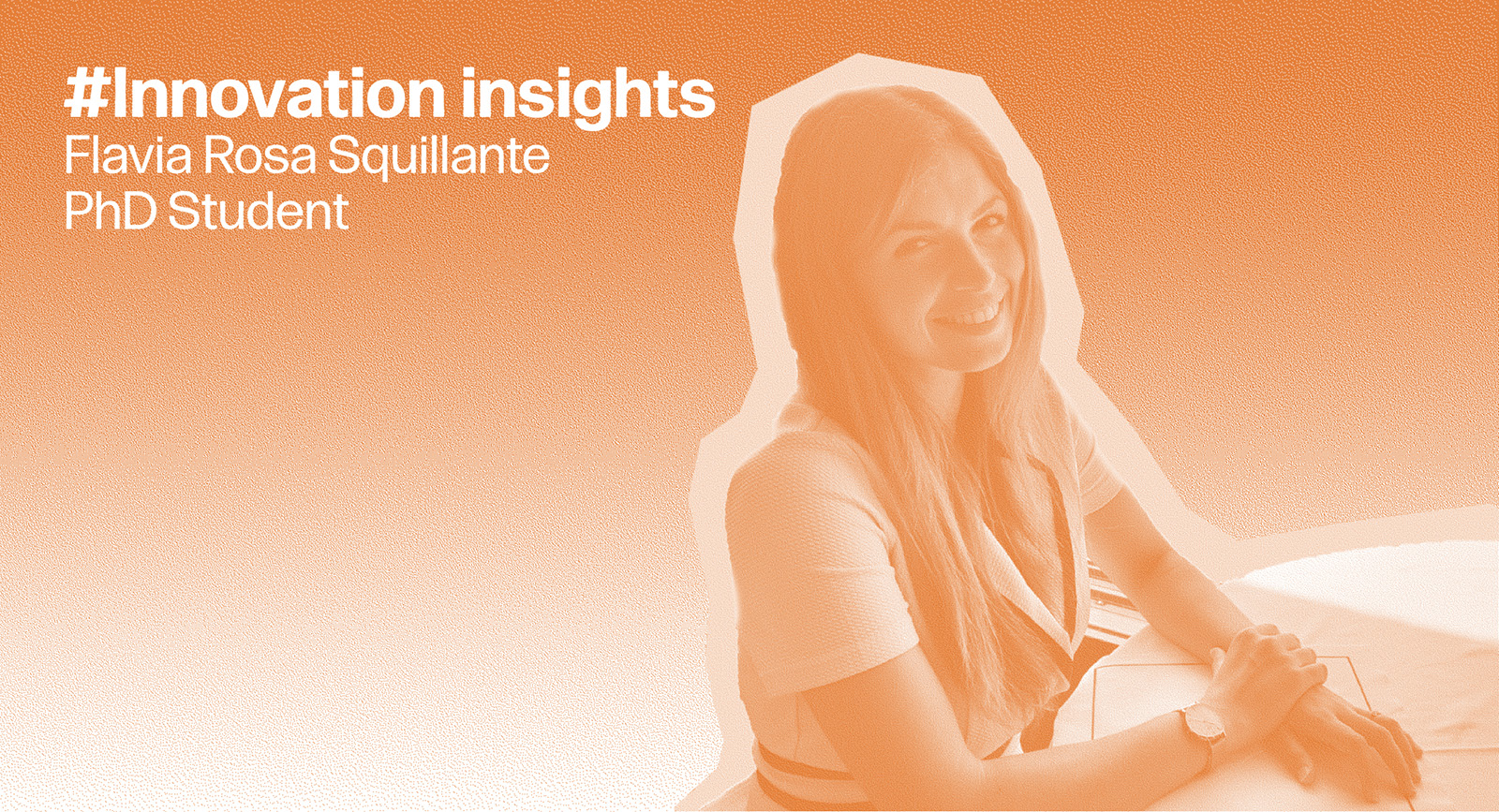
Not always cellulose is used to produce paper: innovation and sustainability in the paper industry
Transforming waste into opportunity: using alternative fibers for paper production
In recent years, the paper industry has become increasingly active in fighting deforestation and protecting biodiversity. Simultaneously, the global production of textile scraps and agricultural residues has reached exorbitant levels. Both issues pose environmental challenges but also present extraordinary opportunities for those willing to look beyond. This is the story of an innovation that has seen textile scraps, such as silk, and agricultural residues, like kapok, reborn in a new form: paper.
Paper with alternative fibers: what it is and how it’s made
Paper with alternative fibers is an innovative material obtained through the recovery and transformation of waste into cellulose-based supports. This process aligns with upcycling principles, allowing the use of fibers alternative to traditional cellulose. The production method involves blending non-wood fibers such as silk, linen, kapok, bamboo, hemp, and bagasse with other components to create a material with unique properties in appearance, texture, and mechanical strength. The aim is to develop paper with superior physical characteristics, ideal for specialized and high-value applications.
Using silk in paper formulation: properties and advantages
Flavia Rosa, with a Bachelor’s and Master’s degree in Chemical Engineering and specialization in Product Engineering, is currently in her third year of a PhD in Industrial Product and Process Engineering at the University Federico II of Naples. She is a young chemical engineer pursuing industrial research to study integrating alternative fibers into paper formulations, aiming to partially replace virgin cellulose. This approach can produce, in some cases, more elastic and resistant materials, or others that are more rigid and glossy, leveraging the unique properties of each fiber type. The use of such fibers offers benefits in texture and durability, leading to innovative and sustainable solutions in the paper sector.
From lab to industry: the research journey
Flavia Rosa’s research journey on alternative-fiber paper started among the machinery of the Fabriano paper mill and will continue until October 2025, with experiences at the Verona Innovation Center and the Voiron laboratory in the Isère department, France.
“I didn’t know much about paper,” she admits, “but I decided to challenge myself and explore this new world.” This path has allowed her to observe the entire production cycle closely, understanding the challenges and opportunities of using alternative fibers instead of traditional wood pulp.
Each step has been a learning opportunity, enabling her to collaborate with industry professionals and adapt her research to real-world needs. “Only those working within can give you the right guidance,” Flavia explains, emphasizing the importance of hands-on experience and direct interaction with technicians and workers. This practical approach has helped her refine formulations of paper with alternative fibers, combining academic knowledge with solutions applicable on an industrial scale.
Upcycling: a challenge between sustainability and innovation
Choosing an industrial PhD over a purely academic one was a strategic decision for Flavia, motivated by the desire to work on tangible projects with direct industry impact. “Pure academic research doesn’t excite me much anymore,” she states, highlighting her preference for a practical approach. The industrial PhD has allowed her to verify real applications of alternative fibers, demonstrating how research can lead to tangible innovation in the paper industry.
Integrating non-wood fibers into paper production not only helps reduce deforestation and waste but also improves final product properties. Transforming waste materials into valuable resources is a complex challenge, requiring a balance between academic ingenuity and industrial feasibility. Despite difficulties, Flavia gained a highly enriching experience, developing interdisciplinary skills and contributing to sector innovation.
Thanks to upcycling techniques, the paper of the future could be made from what we now consider waste. This approach reduces environmental impact while valorizing scraps, creating products with improved features and higher commercial value. Researchers like Flavia Rosa play a crucial role in turning this vision into reality, fostering a new era of sustainability and innovation in the paper industry.











